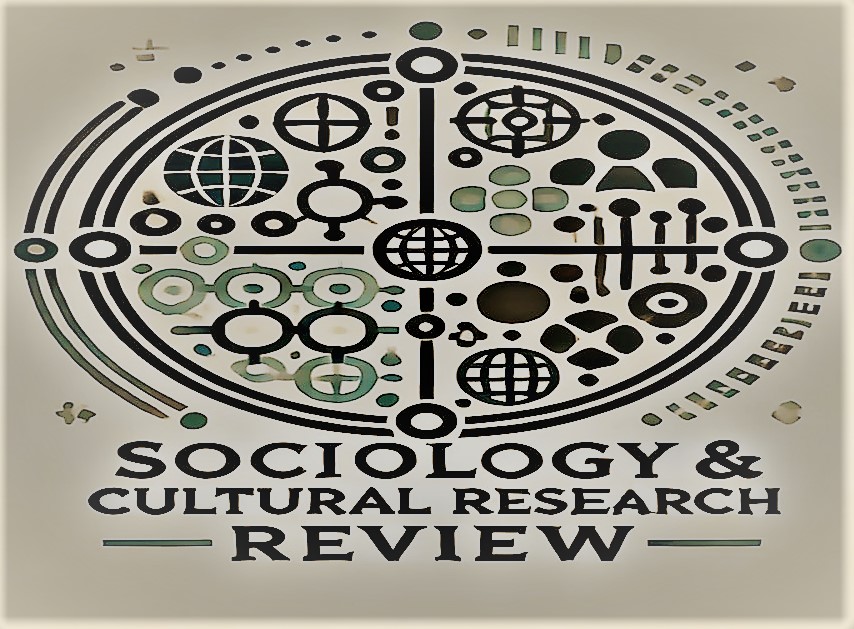Iconography in the Narrations of Sayyidah Umm Salamah(Case Study)
Abstract
In Islamic history, Umm al-Mu'minin Sayyidah Umm Salamah (may Allah be pleased with her) is counted among those noble women who not only made sacrifices in the early days of Islam but also joined the wives of the Holy Prophet (peace and blessings of Allah be upon him) and passed on the treasure of knowledge and wisdom to the Ummah. Her personality stands out as a high-ranking scholar, jurist, and hadith scholar. The Holy Prophet (peace and blessings of Allah be upon him) taught respect for the Ahlul Bayt, and the greatness and excellence of his Ahlul Bayt is proven in the Quran and in many hadiths of the Holy Prophet (peace and blessings of Allah be upon him). Umm al-Mu’minin Hazrat Sayyidah Umm Salamah (may Allah be pleased with her) narrates that the Holy Prophet (peace and blessings of Allah be upon him) said: I curse six people, and Allah curses them, and every prophet who is answered in prayer also curses them. From a jurisprudential perspective, the explanation of whether to pray sitting or standing in the narrations of Sayyidah Umm Salamah (may Allah be pleased with her) is very wonderful. The Prophet (peace and blessings of Allah be upon him) used to pray sitting and sometimes he would start by sitting and then stand up. From a jurisprudential perspective, the ruling on the name of menstruating women from the narrations of Umm Salamah (may Allah be pleased with her) is important. Women used to pray with the Prophet (peace and blessings of Allah be upon him) and would also ask questions if a woman's previous menstrual habits were determined.
Keyword: Sayyidah Umm Salama, Traditions, Teachings, Contemporary Studies, Jurisprudential Services




